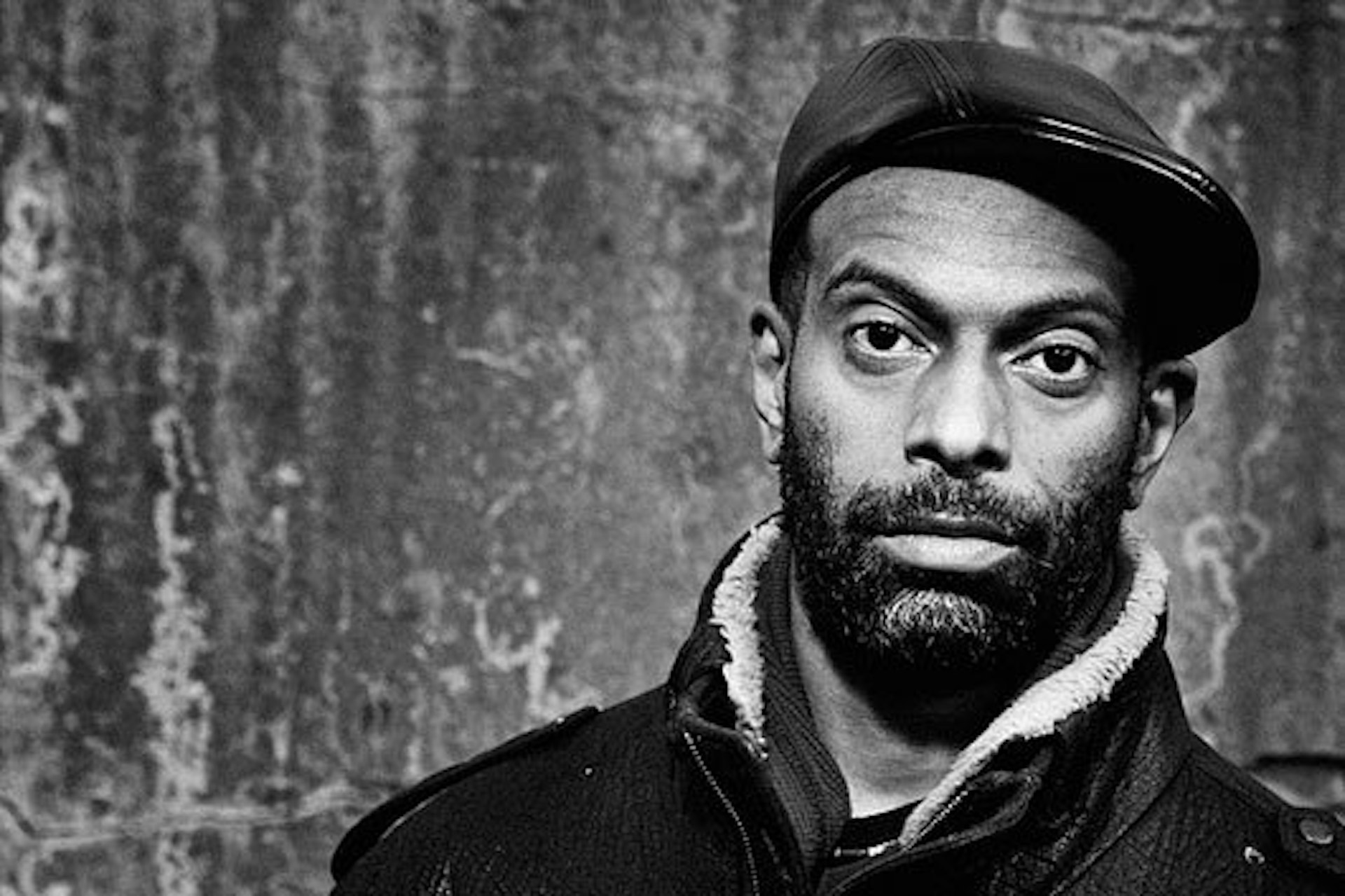
Ellie Andrews
- Text by Alex King
- Photography by Ellie Andrews
Ellie Andrews’ influences and inspirations are as diverse as the technicolour palette she draws from to create her bold, geometric illustrations. Since graduating from Camberwell College of Arts, the South London-based illustrator has done a series of work inspired by the patterns on 90’s Umbro football kits and reinterpreted retro arcade game graphics as part of Beach London’s Artcade exhibition, alongside work for Nike, the New York Times, Discipline and Vice.
Here, Ellie shares some inspirations that don’t necessarily find their way so explicitly into her work, from avant-garde architecture, Bauhaus textiles, Japanese poster design to acid house zines and subculture photography.
Things That Inspire Me
Richard Neutra

Kaufmann House, Palm Springs, California designed by Richard Neutra, 1946
Architecture is easily my favourite subject matter when drawing. My methods of practice follow a system which is like building matter, from angular blocks of colour. It would be to dream to live in a setting like the Kaufmann house in California. The houses designed by Neutra create a wonderful balance between the surrounding landscapes and the shapes of the constructions. The spaces communicate with each other, treating light as part of the architecture. Looking at the details in Neutra’s buildings with their geometric structures often provides me with inspiration when assembling a piece of work.
Gunta Stolzl
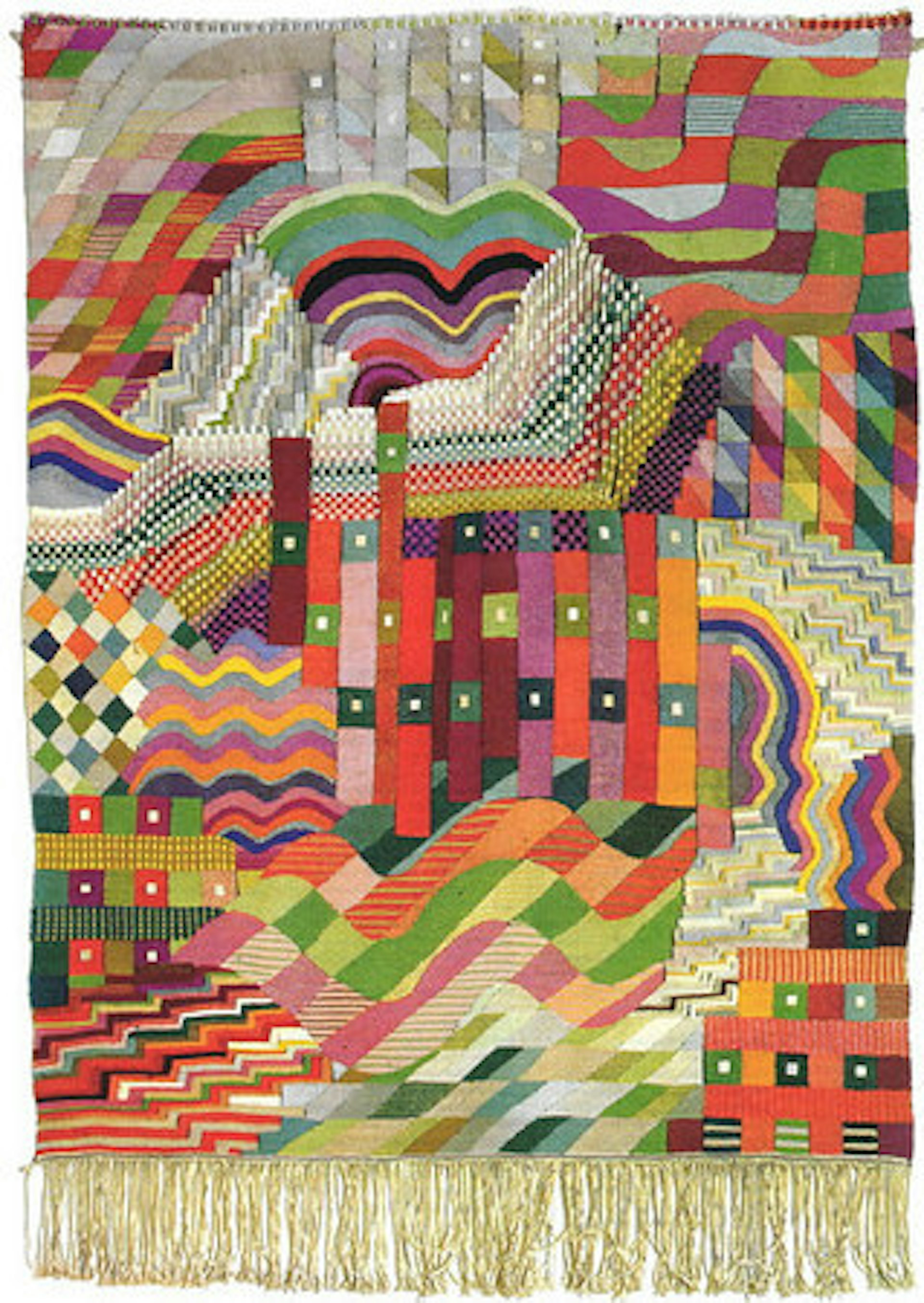
Wall hanging – “Slit Tapestry Red/Green”
1927/28
The wall hangings designed by Gunta Stolzi, are an all time favourite of mine. I had admired them from photo’s, but not until the Barbican hosted the Bauhaus show in 2012 did I get to fully appreciate how amazing they look in the flesh! Not restrained by technical guidelines Gunta Stolzl explored different techniques of weaving which allowed her to move forward from the traditional practice of textiles. She directed weaving workshops for Bauhaus Dessau in the 1920’s and applied concepts from modern art in her approach to textiles design, such as colour theory, visual thinking and abstract ideas. What I love is that her designs aren’t applied to a hard surface, but woven into a tangible object. The sections of pattern are sharp and angular, yet the range of yarns wool rayon and silk give it a softer edge. To put it simply, what I like most is that her work represents two of my interests, textile design and abstract form.
Ikko Tanaka
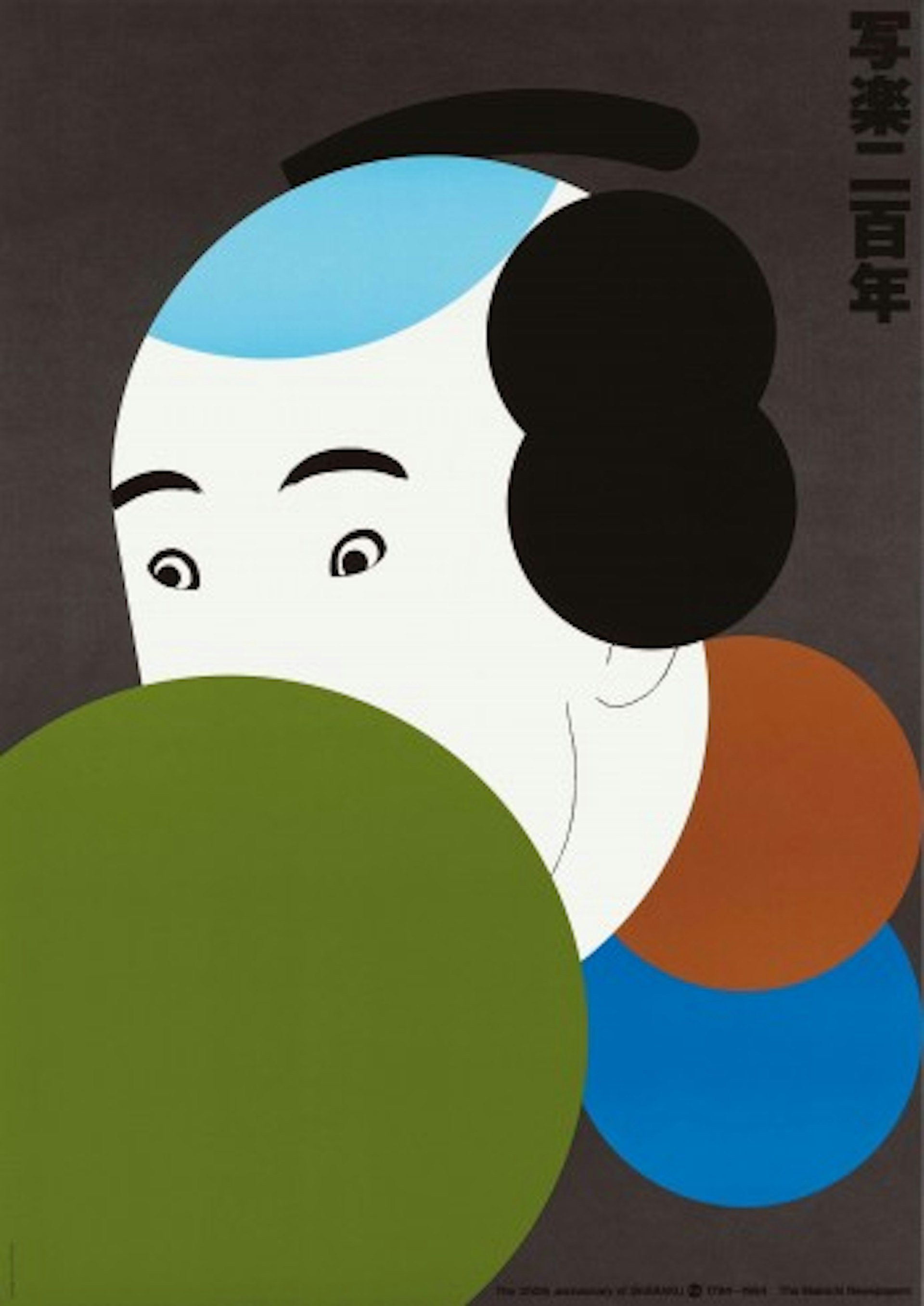
Tanaka Sharaku by Ikko Tanaka
I came across Tanaka through his logo designs for Expo ’85 in Tsukuba and the World City Expo Tokyo ’96. The posters Tanaka produced stand out as one of my favourite bodies of work along the graphic design spectrum, they are strong and impactful. I’m always inspired by how his designs enrich typographic and illustrative elements into one uniformed piece. He creates a fusion of Japanese culture and modernist principles using crisply outlined abstract forms, with a meticulous use of selecting colour!
Boy’s Own
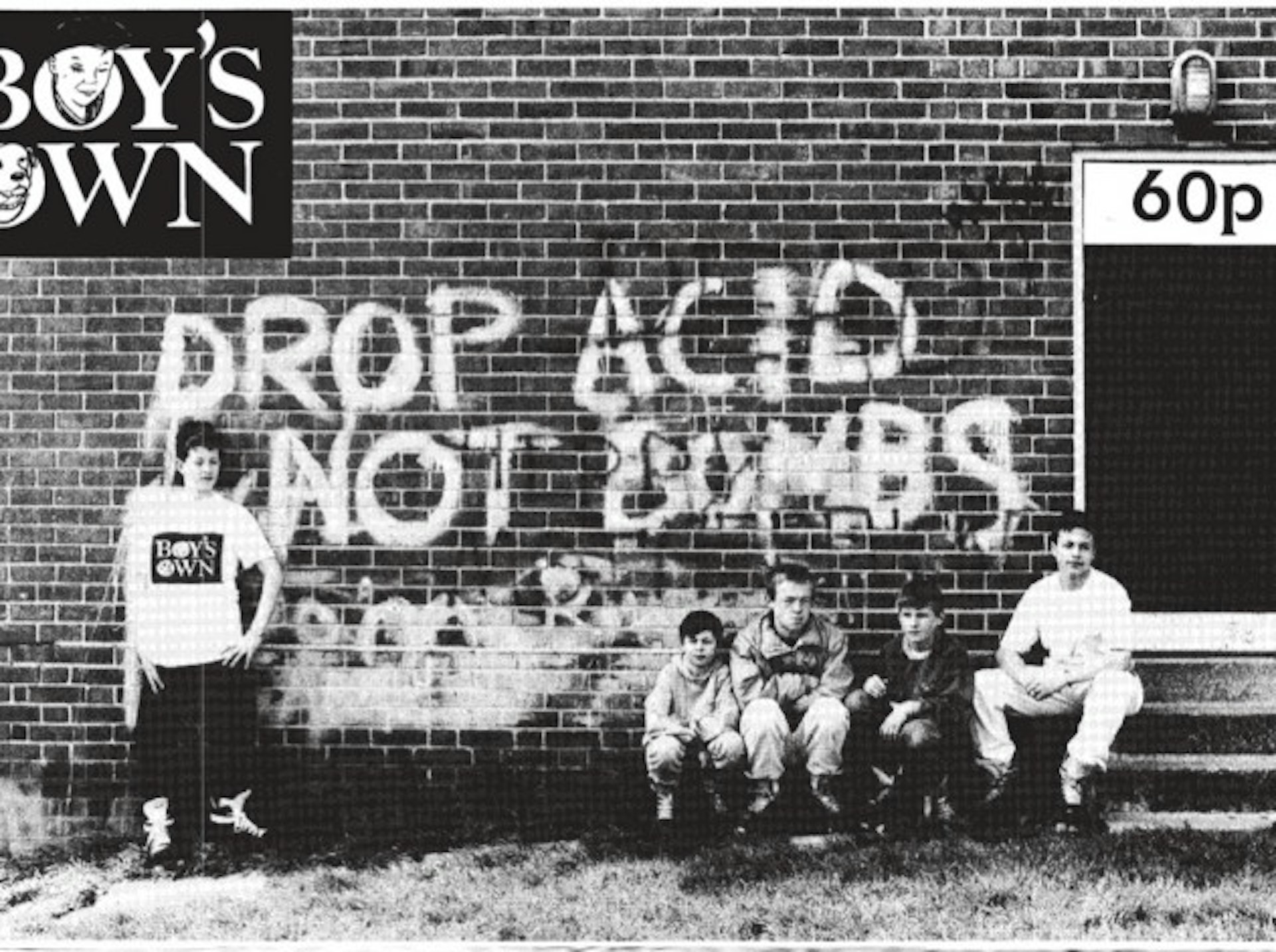
Boy’s Own cover from the late ’80s
I think there is something really significant in what the Boy’s Own zines captured. Produced in an era untouched by digital culture, Boy’s Own communicated with a section of society that the mainstream music and fashion press chose not to acknowledge. There is something charming and insightful about these hand-crafted zines, seemingly unashamed of its production flaws, with a cockney arse attitude & use of bad 80s terrace slang. Boy’s Own were the legions of suburban soul boys, they identified with southern working class causals whose enthusiasm for football, music, tribal micro-fashion and politics is told through their wicked wordplay. I was born at the end of the 80s, so I never got a taste of what this brief moment in British history was like, a dance revolution fuelled by House music and Ecstasy. I find their influence on the Balearic movement really interesting, Boy’s Own were responsible in a way for leading a ‘following’ of people into an alternative culture, and the zines left behind document this movement. I’m fascinated by the social roots of subcultures.
Ewen Spencer
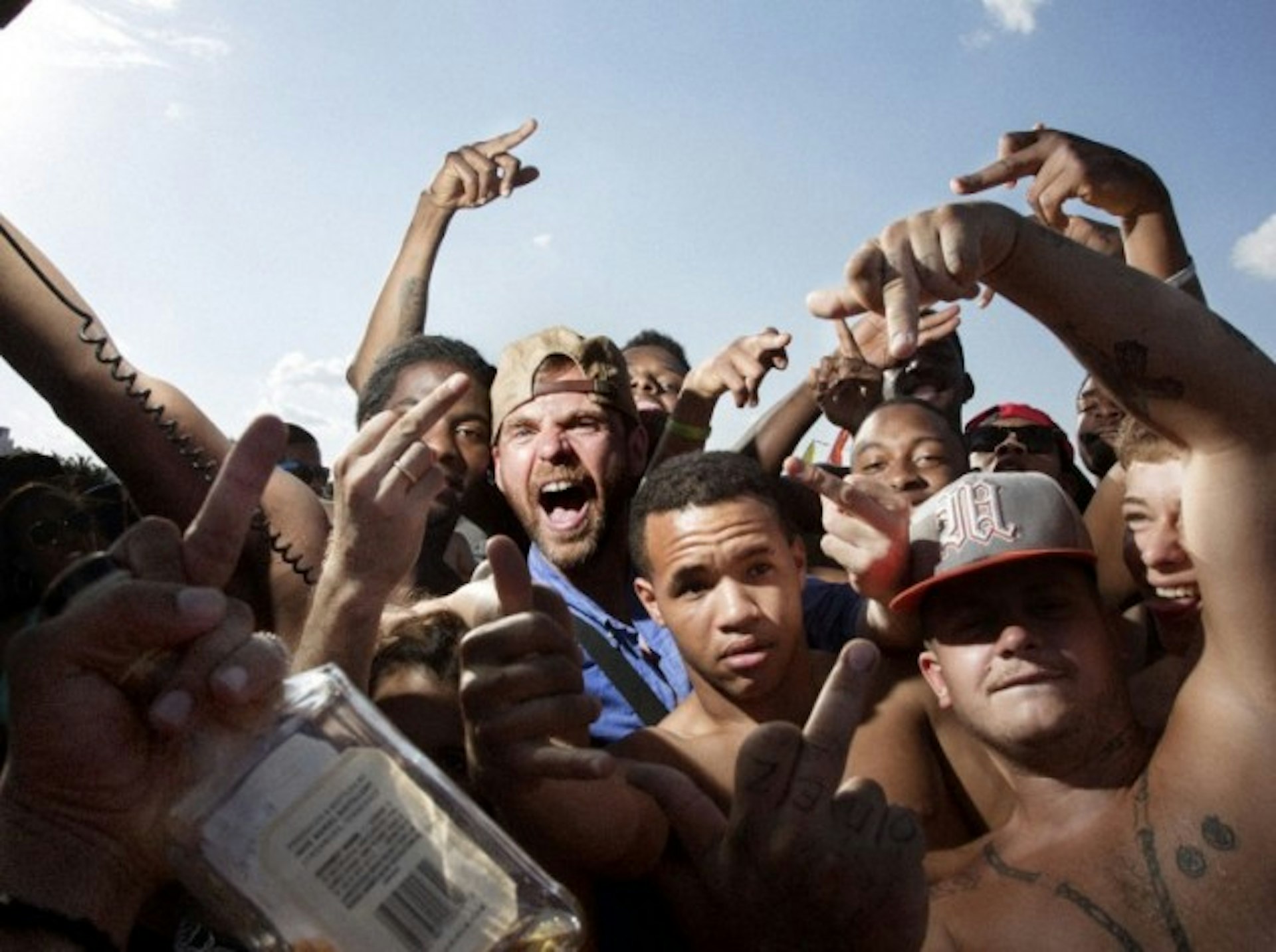
From Guapamente Issue 3: Miami by Ewen Spencer
Last week I attended the release of Guapamente issue 3 Miami, where Ewen Spencer documented what teen spring break looks like in Miami! Ewen’s work speaks about how young people collectively style and carry themselves, how they are identified within a particular culture, touching upon subjects I have found fascinating to observe. I remember being introduced to Ewen Spencer’s photos when he published the Open Mic book. I liked how he related to the preoccupations of the ‘grime scene’ generation, which had a strong influence on my peers where I grew up. The UKG book was probably my favourite present last xmas.
Amongst my friends we hold a continued love for UKG and 2step, and in my mind these tunes sound as fresh as they always did. Why this book is so interesting to me, is because being a youngun’ in the 90s I never had the opportunity to attend the parties Ewen documents. My involvement with UK Garage at this period was purely from recording tunes off the radio onto a cassette and listening in my room! Ewen’s book is like opening a door from back in the day into one of these raves. The UKG scene developed its own dress code, a sense of style, where people were suited up in slim fitting Italian designer 2 pieces. I find it interesting how style codes have been emulated in current cultures.
Check out more of Ellie’s work.
